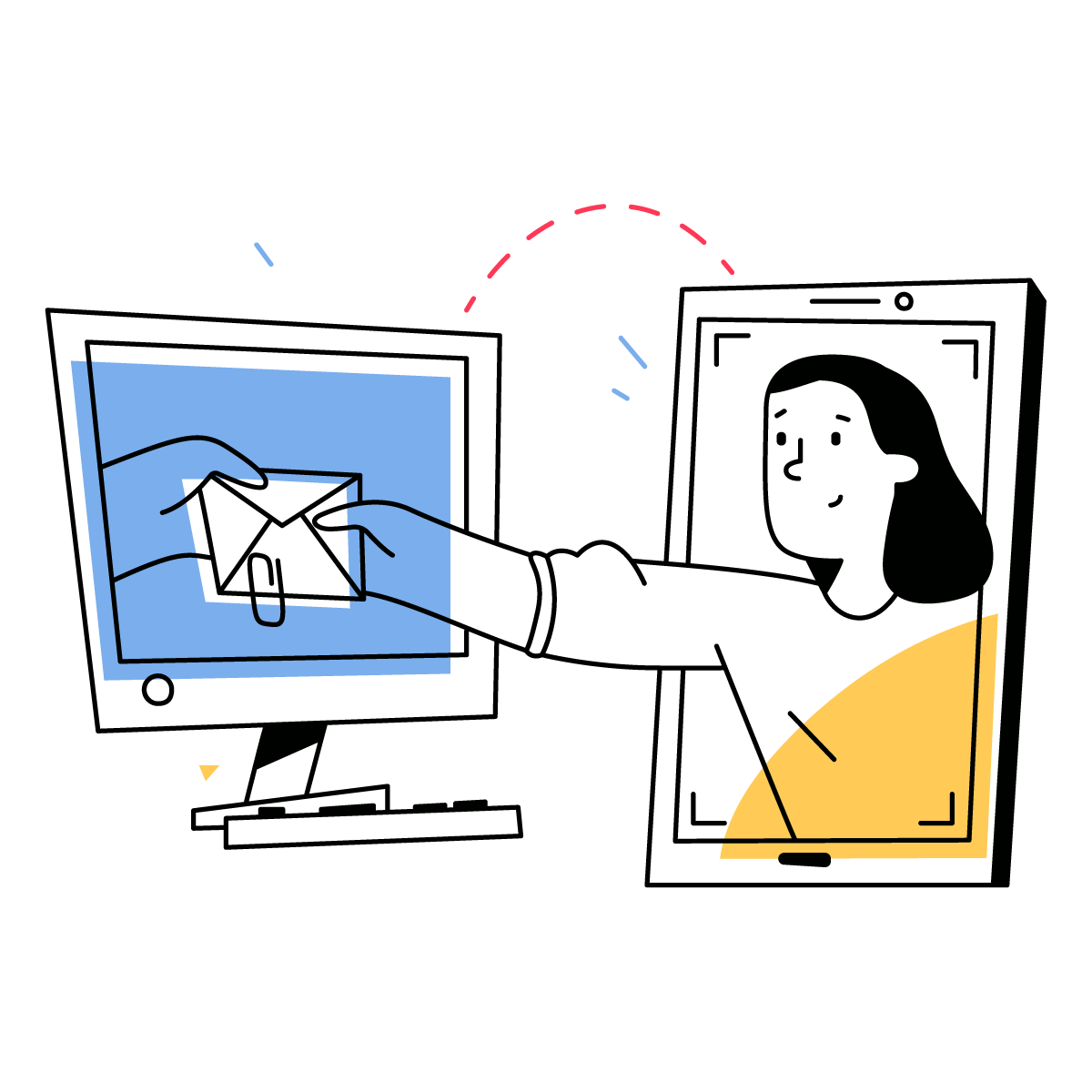IoT Platform Examples
An IoT Platform is a set of cloud-based services and applications used to monitor, manage and interact with smart, connected devices.
Here are some example use cases for consumer, industrial, and enterprise IoT platforms that can help scope a selection process for an IoT Platform. If you need more detail about IoT Platforms and their architecture, see our previous post on what is an IoT Platform.
As with all product development efforts, the first question when looking at which IoT platform to use is, “Who is my end customer?” If the answer is that your customer is in heavy industry, chances are you should be looking into Industrial IoT platforms. However, if you’re building a product targeted at consumers, most likely you’ll need a solution that connects to multiple smart devices in the home.
So what's the difference between platform types? Some examples include the devices that the platform supports, their approach to user authorization and authentication, data security and compliance, communication protocols, network support, operational cost, and data management approach. These are all designed to meet the needs of their particular environment and ultimately their end customer.
In each case, it makes sense to narrow your selection process to IoT platforms purpose-built for your end customer.
IoT Platform Examples
Here are some example IoT Platform use cases for Consumer, Industrial, and Enterprise IoT platforms that can help scope a selection process for an IoT Platform.
Industrial and commercial IoT solutions represent large and complex, but typically homogeneous technologies and designs. The decision domain is based on a closed set of business challenges and market pressures, mostly within the purview of the current CTO and CIO. Interoperability in this context involves existing, known technologies and decisions made from the top down, in a technology environment under complete control of the company itself.
Enterprise and industrial platform providers may take a more custom approach. For example, to meet the needs of lighting connectivity in a single commercial building or machine monitoring in a specific plant.
What are IoT Platform example use cases?
The table below presents a set of typical use cases and how they are addressed by Consumer, Industrial, and Enterprise IoT Platforms.
What are example requirements for IoT platform user authentication?
For each type of use case, user authentication and permission requirements vary. For example, in the consumer market, user permissions and the resulting usage of smart home services are very nuanced. Homes may serve as permanent residences, others as temporary rentals, and others as hybrid second homes/occasional rentals. On the other hand, industrial solutions need to support challenges like monitoring, maintaining, and connecting thousands of vending machines in the field. This use case requires less complex user authentication and connectivity models—machine to machine or machine to the cloud.
While more complex authentication requirements exist, the processes are frequently standardized and executed based on metrics and performance versus preference and comfort.
What are example requirements for IoT data transfer?
The data transfer and bandwidth requirements for commercial or industrial activities will likely be significantly different from the requirements found in the home. Once again in Enterprise and Industrial environments, data management is highly likely to be more controlled and scheduled. It is often based on much wider fields of operation and low or intermittently-powered communication channels. Mesh is frequently leveraged and cloud-to-cloud interoperability is not typical.
In the consumer market, data transfer is often controlled by the end consumer, leaving the connected device manufacturer guessing as to how much, when, and how often a person will be accessing the device and when data transfer is required. Since data requirements are often event based, these unknowns have the potential to cause operational setbacks.
What are example requirements for IoT data privacy?
Compliance with consumer data protection and privacy policies is effortless when these protections are an ingrained part of company culture and ethos, as opposed to an overlay mandate.
Compliance with GDPR and other privacy policies is a big task for many companies, but less so for those for which being responsible shepherds of customer data was already a commitment.
Under the GDPR, businesses using personal data should not retain personal data for any longer than necessary. Furthermore, the GDPR gives data subjects rights to require the erasure of their personal data (also known as “the right to be forgotten”). The law requires companies to take reasonable steps to ensure data is kept accurate and up-to-date. Everyone who works for or with any company that must be GDPR-compliant has some responsibility for ensuring data is collected, stored and handled according to GDPR. Each team that handles personal data must ensure that it is handled and processed in line with this policy and data protection principles. A core requirement for adherence isn’t just a privacy policy and publicly available data protection position, but should also include the tools to ensure compliance, regularly mandated employee training, security audits and dry-run security compliance tests.
Yonomi IoT Platform
Yonomi is the fastest way to integrate your application with smart, connected devices to your property management, energy management, wellness, and insurance software applications.
Our mission is to enable and accelerate the building and delivery of rich smart home applications for solution providers. To do this we’ve built an IoT Platform with connectivity to 100+ mass-market consumer devices as well as devices required for specific vertical industry use cases.
If you are interested in testing the platform, visit our developer portal.
Alternatively, if you would like to speak to a person and take a deeper dive, please schedule a meeting directly with our sales team.


